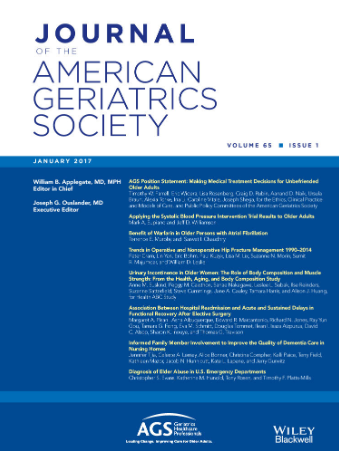Polypharmacy's Association With Mortality: Confounding From Underlying Morbidity
Abstract
Background
Studies consistently associate use of multiple medications with increased mortality. However, such studies often lack adequate adjustment for confounding, particularly from underlying diseases.
Objective
To illustrate challenges in studying the association between polypharmacy and mortality by examining this relationship in two separate populations.
Methods
A register-based nationwide study utilizing a cohort of all Danish citizens admitted to nursing homes 2015–2021 (n = 95,057) and a community dwelling population cohort aged ≥ 65 years (n = 1,005,963). We examined the 1-year mortality using a Kaplan Meier plot from date of nursing home admission or index date and modeled the association between the number of medications used and death using restricted cubic splines with varying levels of adjustment. Further, we modeled the association between the 20 most used drugs and 1-year mortality.
Results
In the nursing home cohort, we found an approximately linear increase in mortality with the number of medications used. Adjusting for sex, age, and comorbidities markedly attenuated the association from an odds ratio of 4.70 (95% CI: 4.24–5.21) to 2.23 (95% CI: 1.99–2.49). Paradoxical associations were observed for individual drug classes, such as antidementia drugs showing a strong inverse association with mortality. When examining the stability of the number of drugs used over time, we found considerable fluctuations for individual residents. In the community dwelling population cohort, adjustment for covariates showed an even stronger impact on the association, reducing the odds ratio from 10.39 (95% CI: 9.79–11.03) to 1.34 (95% CI: 1.25–1.43). Further, the individual-level use of medication was found to be stable over time in the general population.
Conclusion
The association between levels of polypharmacy and mortality is strongly affected by confounding by indication. Basic adjustment for comorbidities attenuates but does not fully eliminate the association, with residual association possibly driven by residual confounding. This emphasizes the need for cautious interpretation of findings associating high use of medication with mortality.





 求助内容:
求助内容: 应助结果提醒方式:
应助结果提醒方式:


